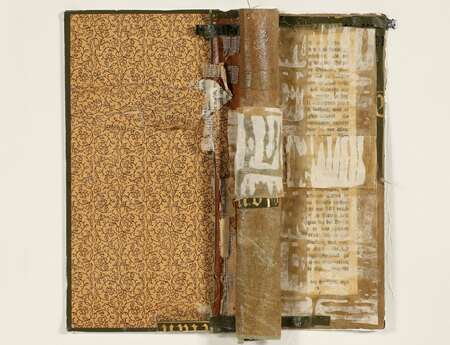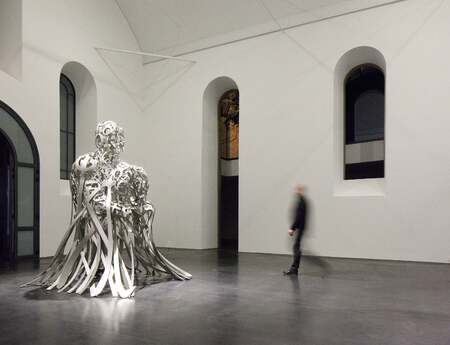Only a woman? - Women in art
What role did women play in art? What role do they play today? Here are some thoughts and facts about women in art.
The role of women in art has taken many different forms in the past and today. The history of art was initially a history of (white) men. Women were either not actively involved in art at all or only in subordinate circumstances.Instead, women were represented as muses and nude models in art studios, to serve as a source of inspiration for the artist.
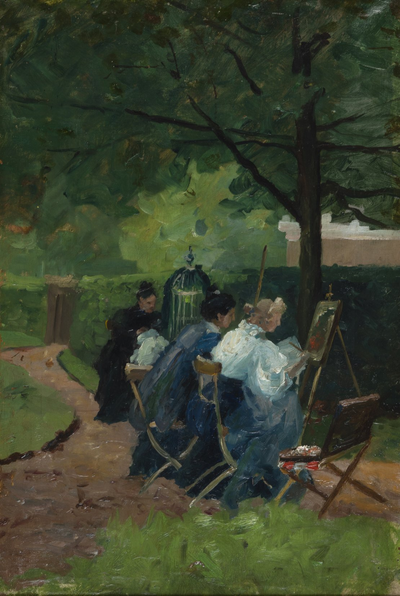
With a few exceptions, women were only allowed in the academies and studios to pursue alternative creative fields, rather than “fine art”. This included Art Deco and the various branches of arts and crafts. This leads to the question of whether and which materials were thereby considered “female” and how this may have shaped the way viewer interpreted the artwork created with these materials.
At this time, particularly soft materials were regarded as female. On the one hand, this was due to the fact that they were lighter or easier to work with, and on the other hand, that they did not resist being worked on. The latter point was often used during the Nazi era to continue to restrict women to specific materials which, were more malleable, such as clay or wax. In the eyes of the advocates of material justice, who were looking for resistance in material, this was seen as a deficiency, and sound as a medium was rejected as characterless. Many of the highly plastic materials available to female artists are peculiar in that they were also used as auxiliary materials in the production of works and were considered the preferred material for preliminary (male) artistic studies, and were considered inferior for their attributed “lack of durability".2
Textiles, another such material granted to female artists, also have a history of female tradition, since handicrafts were and are seen as a historically female activity. However, not all techniques used in textile art have a gender-specific classification. For example, in Feminist art, textile materials are often used, such as the work of Rosemarie Trockel.3 The status that these materials, with their female connotations, have in the art world is still low today, in part due to their historical connotations as auxiliary media for preliminary studies. Even an antiquated material like ceramics (with the exception of porcelain) is still subjected to the traditional ideas of the exhibition organizers today who have allowed themselves to be affected by negative value attributions.
These historically ”female” materials, and the works of art made from them, are still classified in the traditional catalogue of values of materials, and are often granted a lower, engendered material status that also has an effect on the value of the work.4
These historically ”female” materials, and the works of art made from them, are still classified in the traditional catalogue of values of materials, and are often granted a lower, engendered material status that also has an effect on the value of the work.4
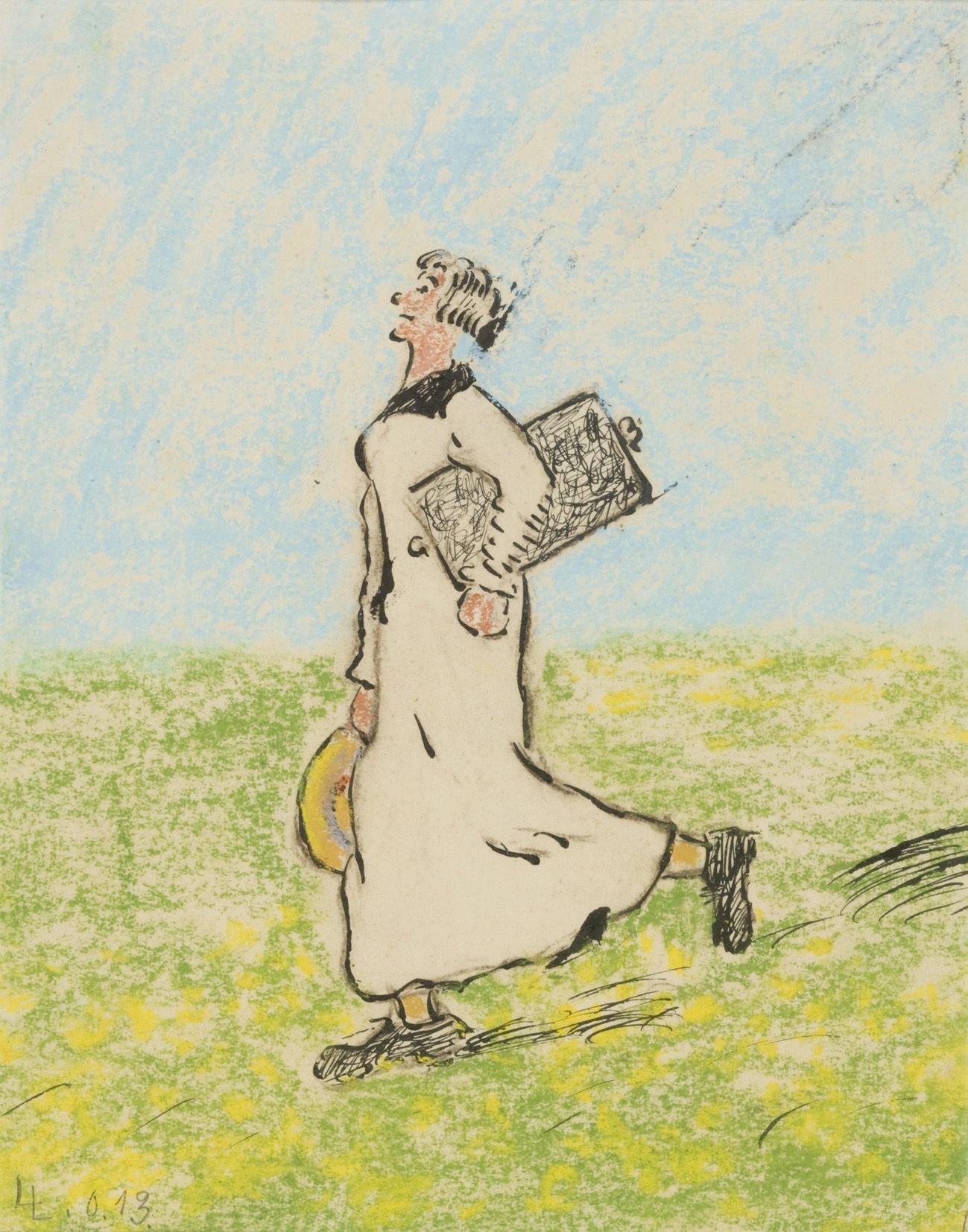
Lily Koebner-Linke, Das Malweib, 1913
private ownership, Photographer: Wolfgang Pulfer
private ownership, Photographer: Wolfgang Pulfer
This year marks the 100th anniversary of the acceptance of female students at the Akademie der Bildenden Künste (Academy of Fine Arts) in Munich. In honor of the occasion, the museum in Fürstenfeldbruck has announced an upcoming exhibition titled "Frau darf... 100 Years of Women Artists at the Academy". The exhibition will address issues such as the struggle for admission and the conditions of study for female students, the topics they dealt with in their artistic work and the transformation of the self-image of women in art. The exhibition will begin on November 20, 2020 and end on April 25, 2021. Readers can expect an update and review of this exhibition in due course.6
The ability today of women and men to pursue (artistic) studies in equal measure is still counterbalanced by a predominance of men in important and decisive positions in the art world. It is still predominantly men who are at the head of important museums, or acting as curators in the decision-making process of these, as sponsors, and as dealers or patrons--and they inherently carry with them a vision and thinking shaped by masculinity. It is therefore not surprising that in various lists of important artists, sculptors, etc., it is predominantly men who are mentioned--often only a few women appear, or are not mentioned at all. This circumstance can also lead to the difficulty for women to find noted role models of their own sex and, therefore, a depleted inspiration to embark on a potentially promising art career, causing men to remain in the majority of successful, well-known artists.7 It should also be noted that professions that are predominantly exercised by women are less respected in society and are usually also less well paid.
In summary, it can be said that the proportion of women in the art business continues to increase, although improvements in support and promotion for female artists are unfortunately still needed.
I would like to conclude with a poem by Mascha Kaléko that aptly describes the situation from the perspective of a poetess married to a man who is also active in the arts.
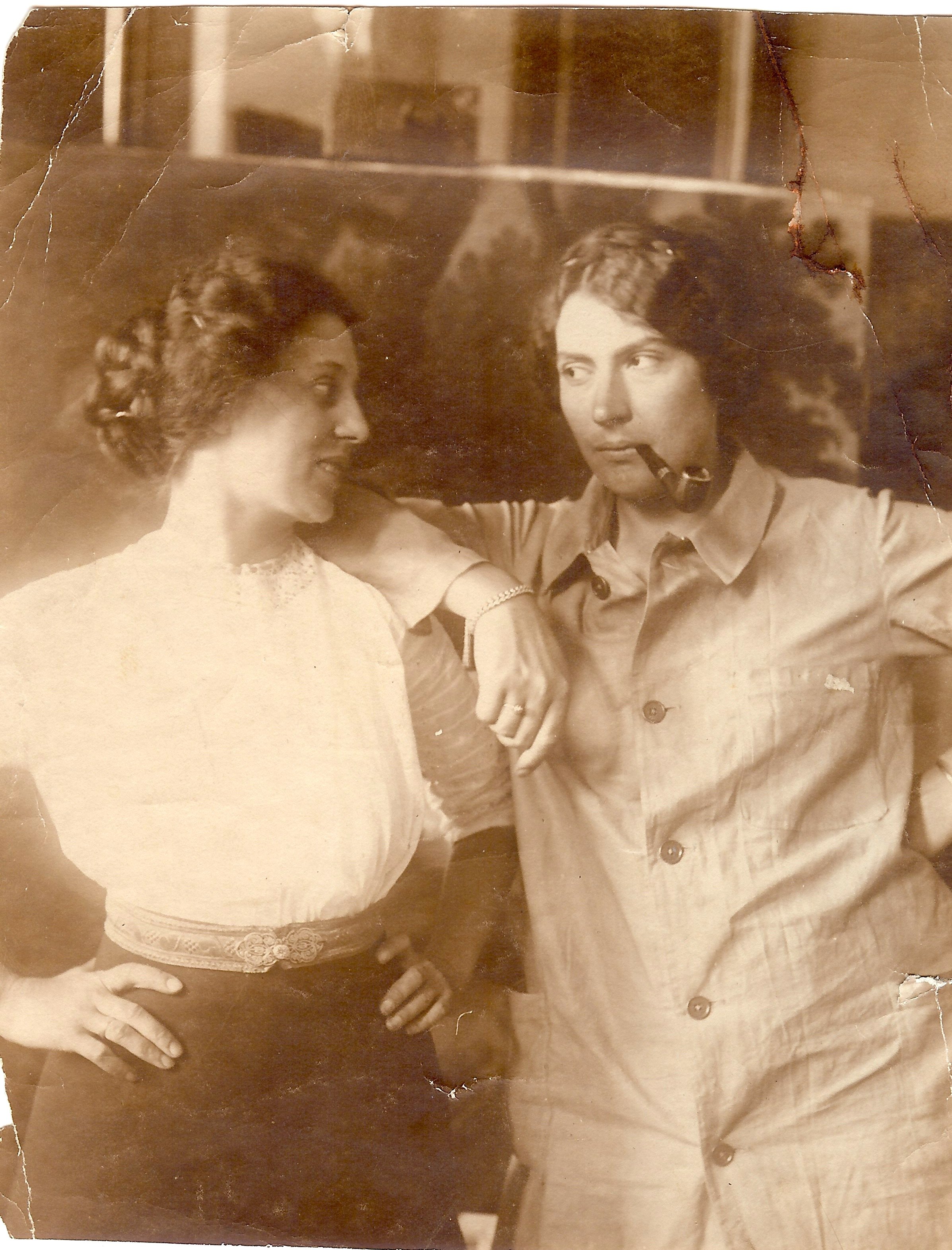
Die Künstlerin Selma Des Coudres mit Pfeife,
ca. 1910, private ownership
Photographer: Wolfgang Pulfer
Photographer: Wolfgang Pulfer
Answer to a call for entrys
In German: „Die klägliche Leistung der Frau“ ("The pitiful achievements of the woman ").
Gentlemen, we're in the picture.
Well, Wagner had his Cosima
and Heine had his Mathilde.
The gentlemen of the trade always have
a predominantly female treasure.
What we women lack is "The Artist's Wife“
or its eqivalent.
Tough she may not be Venus
with a lovely rose mouth,
she types the manuscripts so well
and cooks in the background.
And even if she doesn't look like Rautedelein
in her flowing curly hair,
yet she cleans the rooms every day
and collects his fees.
When William Shakespeare wrote diligently
on his royal dramas,
he was almost never haunted
by the "League of the well-read Ladies“.
When Siegried took up his lance,
Don Carlos his sword,
he was seldom called upon,
to dry the baby.
Petrarka's soul, out of this world,
went to the sonnet-cutting
completely untroubled by duties such as
cleaning vegetables.
But when noon came, he too,
came to eat his garbage
or the equivalent
in Roman delicacies.
I'd gladly continue to write
in this manner,
But I must, as always,
Stop.
My husband calls me.
He wishes to discuss with me
his next Concerto.
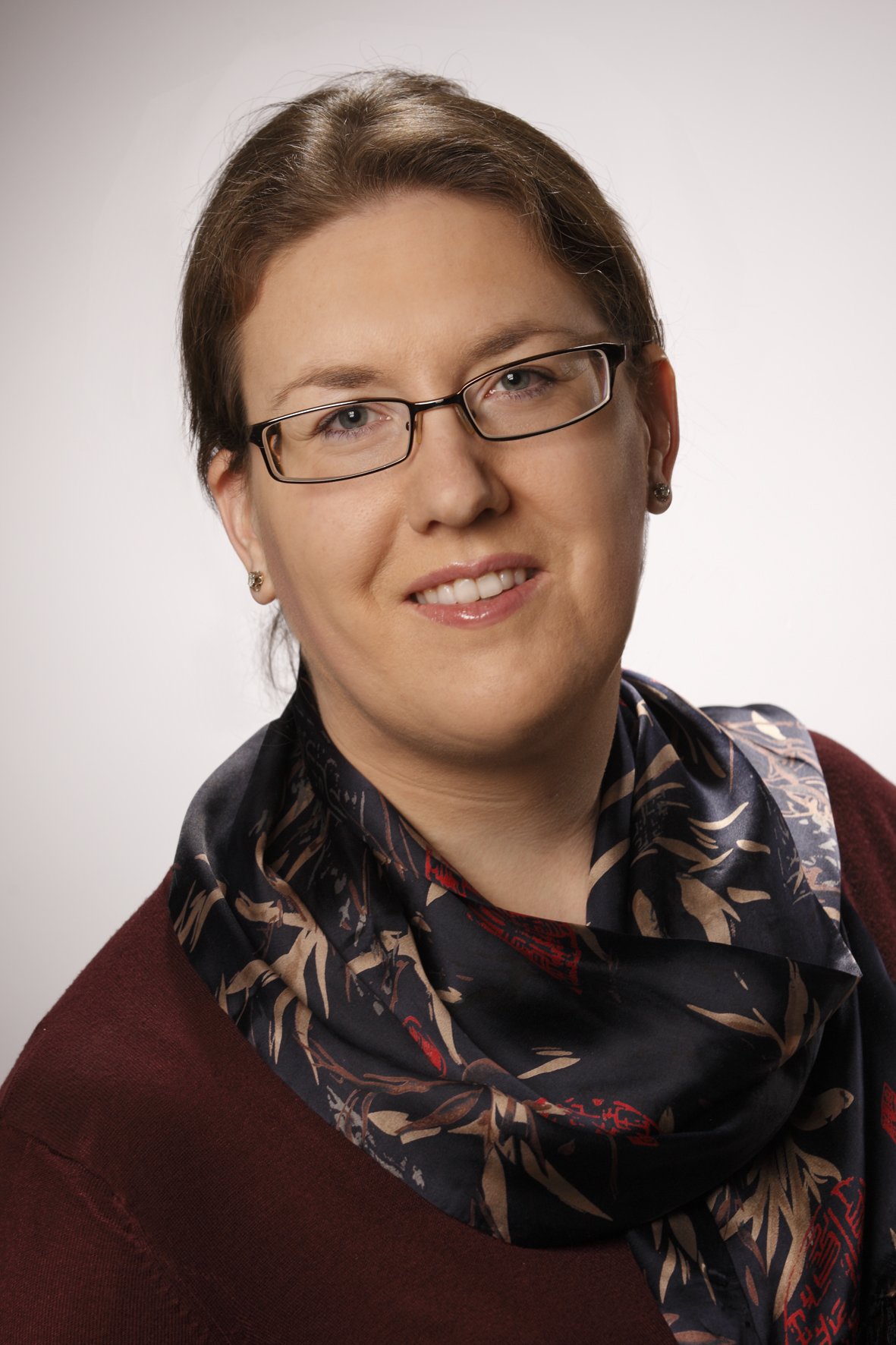
Author: Dr. Eva Daxl
Eva Daxl studied art with a focus on sculpture. In her PhD thesis she wrote about ceramic materials in art criticism. She is therefore familiar with three-dimensional works of art in theory and practice.
[1] Museum Fürstenfeldbruck (currently closed)
[2] Wagner, Monika; Rübel, Dietmar; Hackenschmidt, Sebastian: Lexikon des künstlerischen Materials. Werkstoffe der modernen Kunst von Abfall bis Zinn. C. H. Beck, München, 2002, p. 224 - 231.
[3] Ibid. p. 217-224
[4] Daxl, Eva (2017) Die Rezeption von Keramik im Kontext zeitgenössischer Kunstkritik, Dissertation, Linz, Universität für künstlerische und industrielle Gestaltung
[5] Studierendenstatistik Kunstuniversität Linz (Different years may be selected by yourself)
[6] see Footnote 1
[7] Olivier, Antje (2001) Von der passiven Muse zur aktiven Künstlerin. Der homo-erotische Blick von Frauen und seine lange Verdrängungsgeschichte
[8] Zoch-Westphal, Gisela. Mascha Kaléko. Mein Lied geht weiter. Hundert Gedichte. Deutscher Taschenbuch Verlag GmbH & Co. KG. München. 11. Auflage. 2011. S.131 und 132.


